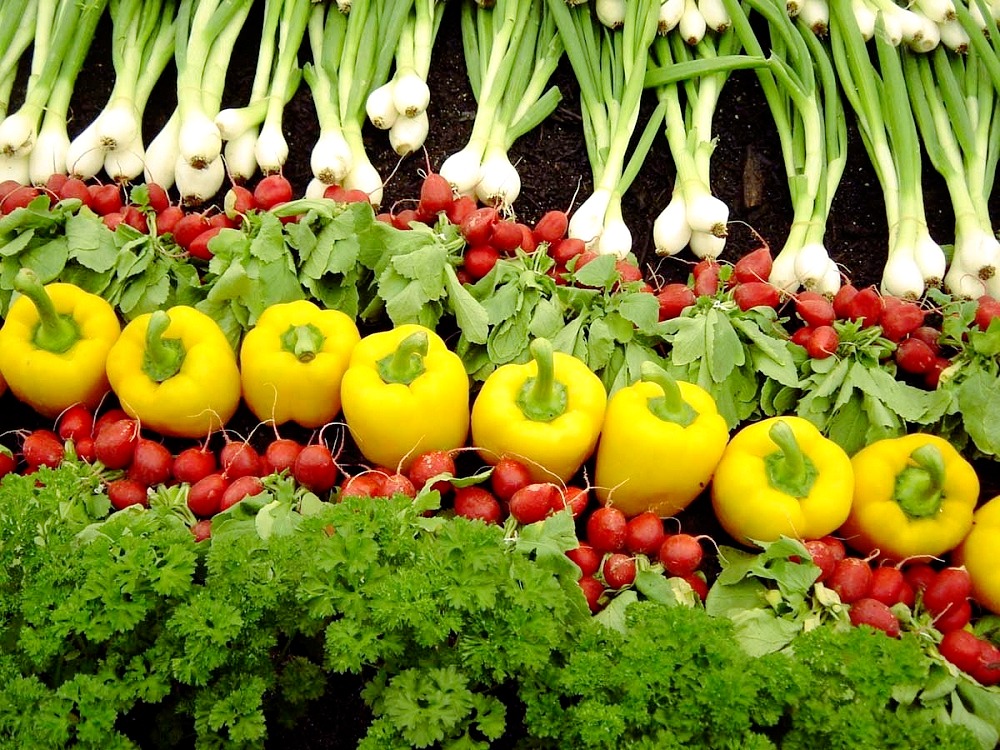Organic agriculture has been the buzzword in Canada for a while now, with growing interest in recent times due to increased awareness about the abuse of human and animal rights in regular farming methods, along with its devastating impact on the environment.
With increasing demand from consumers, agriculturalists have moved in the same direction, adding to the list of products being produced organically in the country. Technological advances have also added to the growth of this innovative movement, leading to paradigm changes in how food is produced, consumed and even thought about.
An overview of a few organic products:
- Milk: Canada loves its milk, and produces quite a bit of it too. In the year 1997-1998, the sales from dairy products of over 270 plants totaled to about $8 Billion, which made up about 14% of all processing of the food and dairy industry. Many small farms have been eradicated by the growth of Big Dairy, and the less than stellar conditions of their operations have come to light, prompting strict regulations from the Government’s various agencies to be enacted. Organically managed cattle and other milk producers are open field grazed and free ranged. They are not fed synthetic additive based feeds, ensuring that the milk produced is chemical and cruelty-free. About 40% of the milk produced is consumed directly, and the rest is processed into milk products.
- Meat: By far the most contentious of products when it comes to farming methods, and includes a range of fish, bovines, sheep and goat, pig and poultry. Industrialized farming and processing of this have led to some violations of animal and human health, such as stuffed animals together in tight spaces and the addition of antibiotic to the feed. The organic farming movement aims to address this by opting for free-ranging of animals and providing only natural food for them. Hay for bovines is hard to come by, which means they have to be imported. Marine parks are being established to contain over-fishing, and fish farms are encouraged. Care is taken to sheer sheep to bring them to harm. Overall, there is also the growing movement to abandon meat either partially or completely from the diet.
- Grain: Canada is not an agriculturally gifted country when it comes to a land fit for growing grains, with about 1% of the total area being fit for agriculture. The main ones include Wheat, Rye, Millets, Oats, Barley, Corn and some varieties of Oil seeds. The Canadian Grain Commission, under the Agriculture Minister and the Canada Grain Act, supervises the quality control of the produce. The amount of chemicals used for growing and conditions of storage facilities is thus well regulated, aiding organic-farming level measures to be included.
- Maple syrup: The iconic food is harvested mostly in the Maple Belt, with Quebec being the largest producer. Canada accounts for 71% of the world’s Maple Syrup production. Organically, it’s produced under the right conditions for the Maple Tree, using bucket and tap or vacuum pump. Care is taken to not disturb the surrounding forest environment, and water management is given utmost priority.
Many such measures for such products are ensuring that Canada moves in a sustainable and healthy food direction going ahead.
